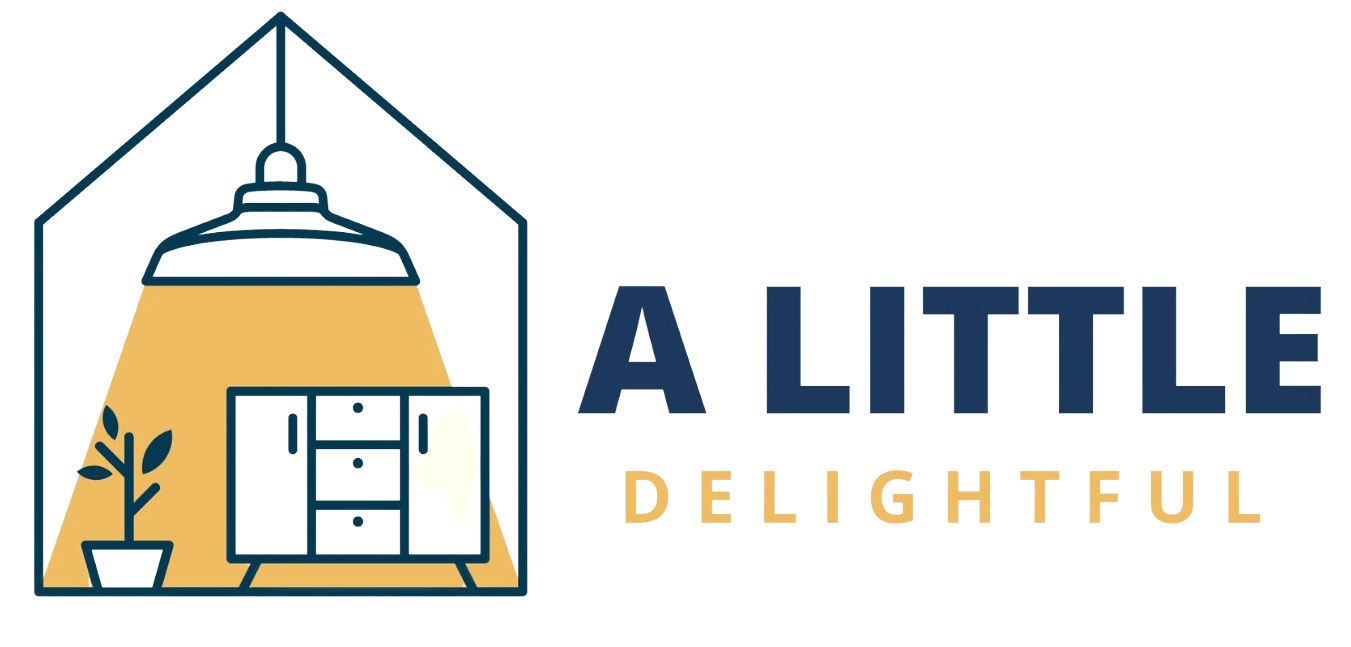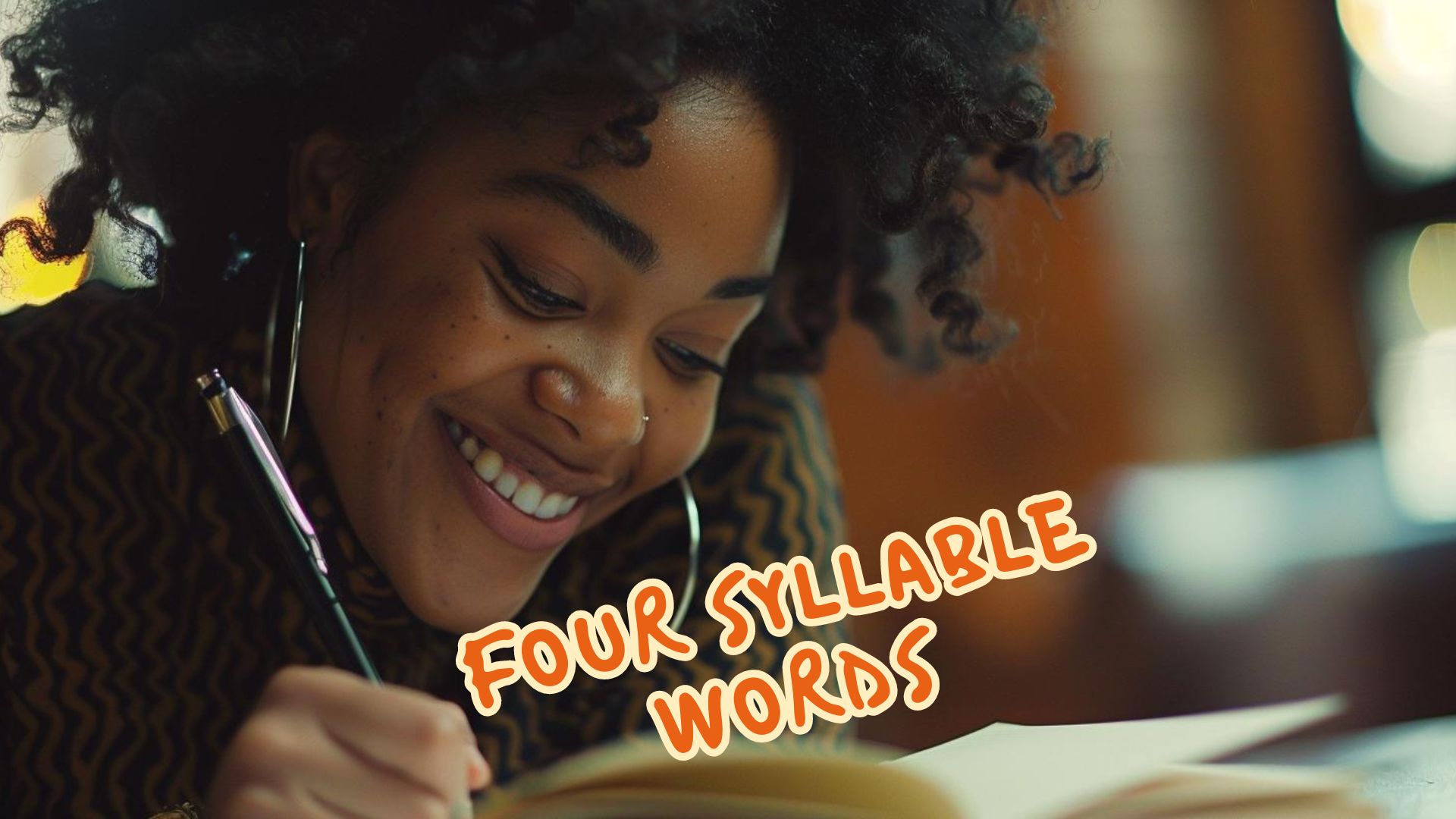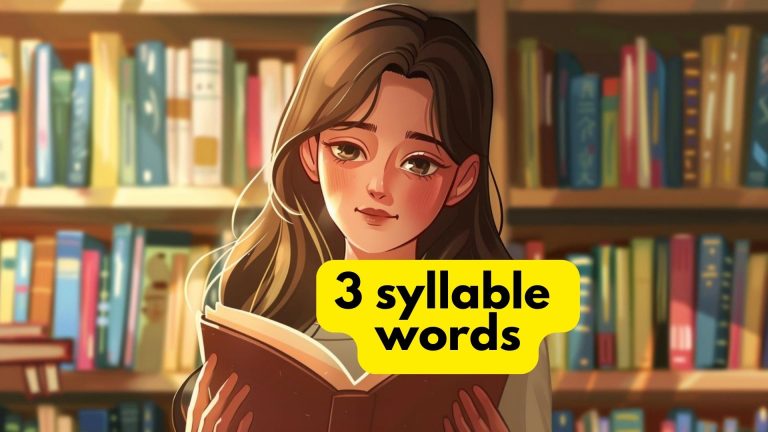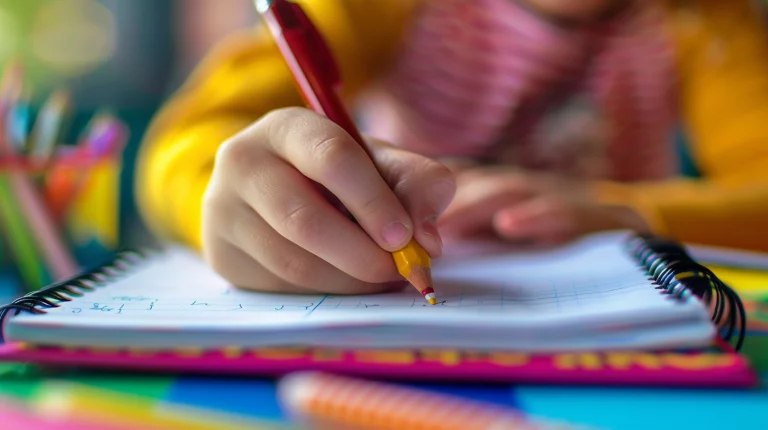What is the Importance of Four Syllable Words in Poetry?
Poetry can evoke emotions and paint vivid pictures through carefully chosen words and rhythms.
However, creating a memorable and impactful poem can be challenging.
Understanding the significance of four-syllable words in poetry can elevate your writing and create engaging pieces that resonate with your readers.
This blog post will explore the magic of four-syllable words in poetry, examining how they contribute to rhythm, flow, and overall impact.
We’ll look at examples of poems that effectively use four-syllable words and provide tips on incorporating them into your work.
What Are Four-Syllable Words
| Four-Syllable Word | Phonetic Breakdown |
|---|---|
| Information | In-for-ma-tion |
| California | Cal-i-for-ni-a |
| Opportunity | Op-por-tu-ni-ty |
| Understanding | Un-der-stand-ing |
| Celebration | Cel-e-bra-tion |
| Organization | Or-gan-i-za-tion |
| Automatically | Au-to-mat-i-cal-ly |
| Educational | Ed-u-ca-tion-al |
| Interpretation | In-ter-pre-ta-tion |
| Controversial | Con-tro-ver-sial |
| Unbelievable | Un-be-liev-a-ble |
| Communication | Com-mu-ni-ca-tion |
| Configuration | Con-fig-u-ra-tion |
| Independence | In-de-pend-ence |
| Rehabilitation | Re-ha-bil-i-ta-tion |
Four-syllable words are terms with four distinct units of sound or syllables when spoken.
These words hold special significance in English due to their complexity and potential for creating rhythmic patterns.
The melody and cadence of four-syllable words make them particularly useful in poetry and prose. They allow writers to craft specific effects and evoke desired emotions in their readers.
Some common four-syllable words used in everyday language and poetry include “university,” “California,” “opportunity,” “serendipity,” and “imagination.” Let’s break down a few examples phonetically:
- u-ni-ver-si-ty (yoo-nuh-vur-si-tee)
- op-por-tu-ni-ty (op-er-too-ni-tee)
- se-ren-di-pi-ty (ser-uhn-dip-i-tee)
Four Syllable Verse- Structure and Use in Poetry
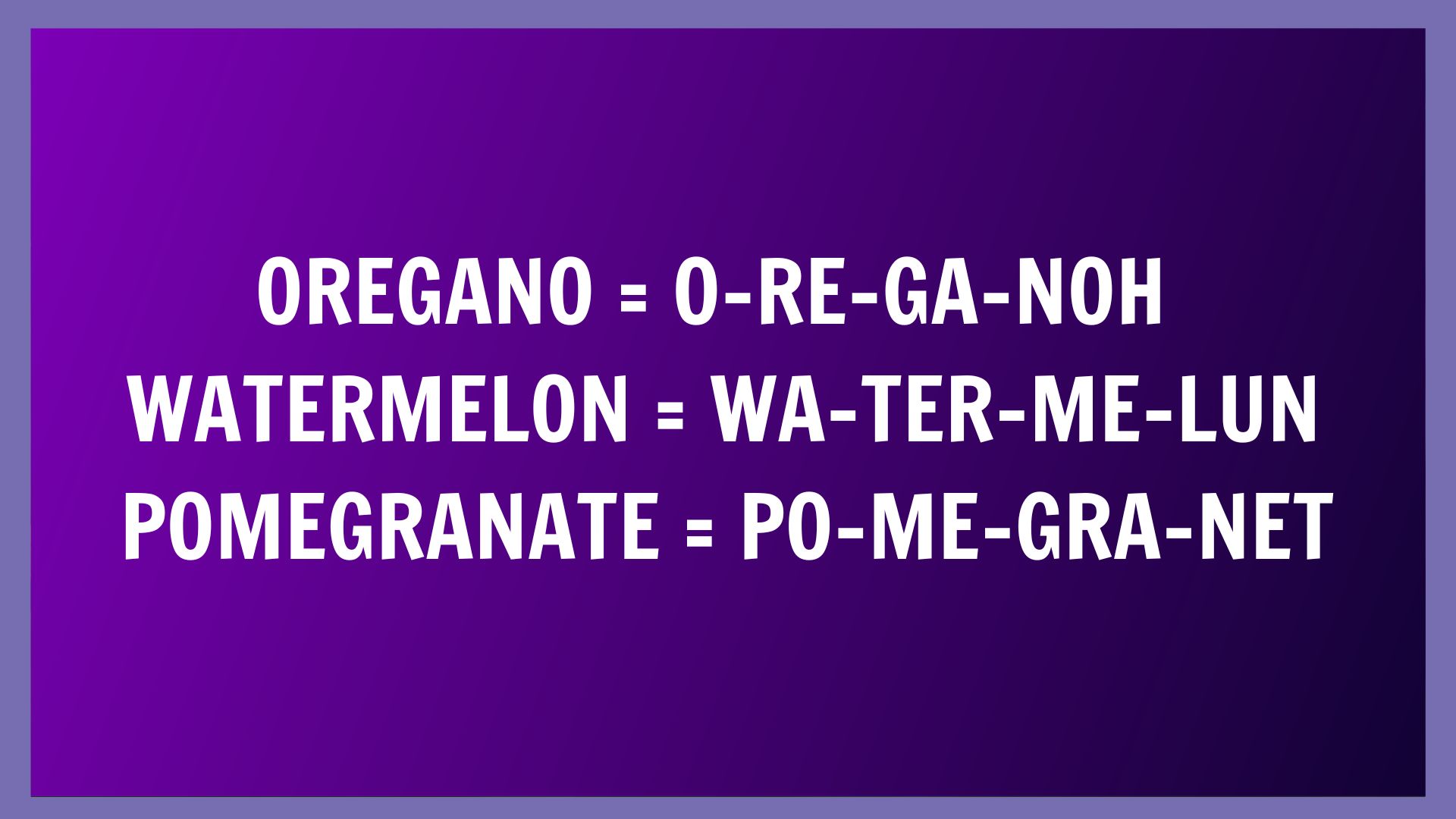
The four-syllable verse is a poetic structure that utilizes lines composed of four syllables each.
This style has roots in various poetic traditions, including the Chinese Ssu Yen Shih form.
By understanding the historical context and how four-syllable verse fits into the broader landscape of poetry, writers can better appreciate and employ this structure in their work.
In four-syllable verse poetry, stanzas typically consist of four lines, each containing four syllables.
This creates a consistent, rhythmic pattern throughout the poem. Common rhyming schemes, such as AAXA, BBCC, or CDCD, are often used to complement the melodic quality of the four-syllable lines, enhancing the overall impact of the poem.
An excellent example of four-syllable verse is “Stand Off” by Judi Van Gorder:
“ice blue eyes search
ready to lurch
spot prey in flight
light on his perch”
This poem’s four-syllable structure creates a steady, almost hypnotic rhythm that underscores the predator’s intense focus.
The short lines and consistent syllable count contribute to the sense of tension and anticipation, effectively conveying the mood and theme of the piece.
The Role of Rhythm in Poetry
1. Fundamental Importance of Rhythm
Rhythm in poetry refers to the pattern of stressed and unstressed syllables in lines of verse.
A well-crafted rhythmic pattern enhances poetry’s auditory appeal, making it more enjoyable for readers and listeners.
Additionally, rhythm can make a poem easier to memorize and recite, as the predictable patterns help to structure the flow of words.
2. Enhancing Readability and Musicality
Rhythm contributes significantly to the readability of poetry by guiding readers through the text with a predictable and soothing pattern.
This inherent structure aids in comprehension, as readers can anticipate the flow of the lines and focus more on the content and meaning behind the words.
Moreover, poets use rhythm to infuse their works with a musical quality, transforming simple text into lyrical compositions pleasing to the ear.
The musicality of rhythmic poetry can make it more engaging and memorable for readers.
3. Emotional Impact
Different rhythmic patterns can evoke various emotions, influencing a poem’s mood and tone.
For instance, using anapest, a metrical foot consisting of two unstressed syllables followed by a stressed syllable, often lends itself to lighter, more whimsical themes.
On the other hand, a dactyl, a metrical foot with one stressed syllable followed by two unstressed syllables, can create a more solemn or grave atmosphere.
By carefully selecting and arranging rhythmic patterns, poets can intensify the emotional expression of their work and make a deeper connection with their audience.
Creating Rhythm with Four-Syllable Words
Poets can employ several techniques to integrate four-syllable words into their work effectively.
One approach is to place these words at the beginning, middle, or end of lines to create emphasis or a particular rhythmic effect.
For example, starting a line with a four-syllable word can create a strong, attention-grabbing beat, while placing one at the end of a line can develop a sense of resolution or finality.
By carefully considering the placement of four-syllable words, poets can manipulate the meter and flow of their poems to achieve the desired effects.
To illustrate the effective use of four-syllable words in establishing rhythm, consider the following lines from “The Charge of the Light Brigade” by Alfred Lord Tennyson:
“Half a league, half a league,
Half a league onward,
All in the Valley of Death
Rode the six hundred.”
In this example, the four-syllable word “onward” at the end of the second line creates a strong, marching rhythm that underscores the soldiers’ determined advance.
The repetition of “half a league” in the first two lines and the placement of “onward” establishes a powerful and memorable rhythmic pattern.
Emotional Impact of Four-Syllable Words
1. Role in Emotional Expression
Due to their rhythmic and phonetic complexity, four-syllable words possess inherent emotional potential.
These words can add depth and resonance to poetry, enhancing the overall emotional impact of the verse.
The length and rhythm of four-syllable words can influence the reading pace, either slowing it down or speeding it up, affecting the poem’s emotional intensity.
By strategically placing these words, poets can control the emotional flow of their work and create a more powerful connection with their readers.
2. Musical Quality
The musicality of four-syllable words plays a significant role in enhancing the auditory experience of poetry.
These words can make verses more memorable and emotionally powerful when incorporated effectively.
The relationship between sound and emotion is well-established, and certain sounds within four-syllable words can evoke specific feelings based on their phonetic qualities.
For example, words with soft, flowing sounds may convey a sense of tranquility or tenderness, while words with harsher, more abrupt sounds can create a feeling of tension or unease.
3. Examples and Analysis
One notable example of the effective use of four-syllable words to evoke emotion can be found in Robert Frost’s poem “Stopping by Woods on a Snowy Evening”:
“The woods are lovely, dark and deep,
But I have promises to keep,
And miles to go before I sleep,
And miles to go before I sleep.”
In this excerpt, the four-syllable word “promises” adds weight and responsibility to the poem, underscoring the narrator’s internal conflict between the woods’ allure and the obligations awaiting him.
The repetition of “miles to go” further emphasizes the emotional burden and the long journey ahead.
Tone Enhancement Through Rhythmic Patterns
The rhythmic pattern, determined by the arrangement of stressed and unstressed syllables, is crucial in establishing the atmosphere and emotional tenor of the work.
A steady, measured rhythm can convey a sense of calm or certainty, while a more erratic or unpredictable pattern can create a feeling of unease or excitement.
Poets often employ changes in rhythmic patterns to shift the tone within a single poem or between stanzas.
For instance, in “Do Not Go Gentle Into That Good Night” by Dylan Thomas, the poet alternates between two distinct rhythmic patterns:
“Do not go gentle into that good night,
Old age should burn and rave at close of day;
Rage, rage against the dying of the light.”
With its steady iambic pentameter, the first line conveys a sense of solemnity and resignation.
In contrast, the second and third lines, with their more forceful trochaic rhythm, express fierce defiance and anger.
This shift in tone underscores the poem’s central theme of resisting death and fighting against the inevitable.
Comparison of Rhythmic Poetry with Free Verse
| Aspect | Rhythmic Poetry | Free Verse |
|---|---|---|
| Structure | It follows a strict metrical pattern and often includes a consistent rhyme scheme. | It lacks a fixed meter and rhyme scheme, offering a structure miming natural speech. |
| Tone and Musicality | Typically maintains a musical quality due to regular rhythms and rhymes. | It is less musical but can convey a more nuanced tone through varied cadences. |
| Expression | The expression may be shaped or constrained by the form and meter, leading to precision in word choice. | It offers flexibility, allowing poets to follow their thoughts without structural confines. |
| Accessibility | It may require more effort from the reader due to its structured nature. | Generally more accessible, reflecting everyday language and free-flowing thoughts. |
| Reflection of Voice | It can reflect traditional poetic voices and forms, often more formal. | Provides a closer reflection of the poet’s personal voice and contemporary speech. |
| Emotional Impact | The rhythm can enhance the emotional impact, making the poem feel more intense or passionate. | Emotions can be more subdued or erratic, closely following the poet’s raw expressions. |
| Example Uses | It is often used in formal poetry, hymns, and songs due to its rhythm. | Common in contemporary poetry, reflecting personal narratives and modern themes. |
Exercises and Examples
1. Guidelines for Writing Four-Syllable Verse Poems
To write a poem in four-syllable verse, select a theme or topic that resonates with you emotionally.
Consider the overall message you want to convey and the emotions you wish to evoke in your readers.
Once you have a clear idea of your theme, plan the structure of your poem, deciding on the number of stanzas, lines per stanza, and any specific rhyme schemes you want to incorporate.
When choosing words for your four-syllable verse, focus on terms that fit the meter and enhance the poem’s thematic elements. Each word should contribute to the piece’s overall meaning and emotional impact.
Consider using sensory language, vivid imagery, and figurative devices like metaphors or similes to make your poem more engaging and memorable.
2. Exercise: Crafting a Four-Syllable Verse
To practice writing four-syllable verse, try the following exercise:
Choose a nature-related theme, such as the changing of seasons or the life cycle of a specific plant or animal. Write a four-stanza poem, with each stanza focusing on a different aspect of your chosen theme.
Each stanza should consist of four lines, and each line should have four syllables. Maintain a consistent rhyme scheme throughout the poem, such as ABAB or AABB.
For example, if you chose the life cycle of a butterfly as your theme, your stanzas might focus on the egg, caterpillar, chrysalis, and adult butterfly stages.
Use descriptive language and imagery to capture the essence of each stage while adhering to the four-syllable structure.
3. Feedback and Revision Techniques
To improve your four-syllable verse poems, seek feedback from other poets, writers, or literary enthusiasts.
Join a local writing group or participate in online poetry forums to share your work and receive constructive criticism.
When seeking feedback, ask specific questions about the effectiveness of your four-syllable words in creating rhythm, conveying emotion, and supporting the poem’s theme.
When revising your poems based on feedback, focus on refining the use of four-syllable words to enhance the overall impact of your work. Consider the following questions:
- Do the four-syllable words fit seamlessly into the poem’s meter and structure, or do they feel forced or awkward?
- Are there any four-syllable words that could be replaced with more evocative or thematically relevant terms?
- Does the placement of four-syllable words effectively contribute to the poem’s pacing, mood, and emotional resonance?
Summing Up
In conclusion, four-syllable words are a powerful tool in a poet’s arsenal, capable of elevating their work’s rhythm, musicality, and emotional impact.
By understanding these words’ role in crafting compelling verse, poets can strategically employ them to create more engaging and memorable poems.
Through careful word choice and placement, poets can manipulate the pacing, tone, and overall atmosphere, allowing readers to connect with their work on a deeper level.
As you explore the world of poetry, consider experimenting with four-syllable words in your compositions.
Embrace the challenge of finding the perfect balance between meter and meaning, and let the natural rhythms of language guide you in creating poems that resonate with your audience.
The magic of poetry awaits – start writing today!
Frequently Asked Questions
What a Difference Does a Syllable Make in Rhythmic Reading of Poetry?
A syllable can significantly impact the rhythmic flow and emphasis of poetry.
What Refers to The Rhythmic Pattern of Syllables?
The arrangement of stressed and unstressed syllables creates the poem’s meter, which determines its overall rhythmic pattern.
